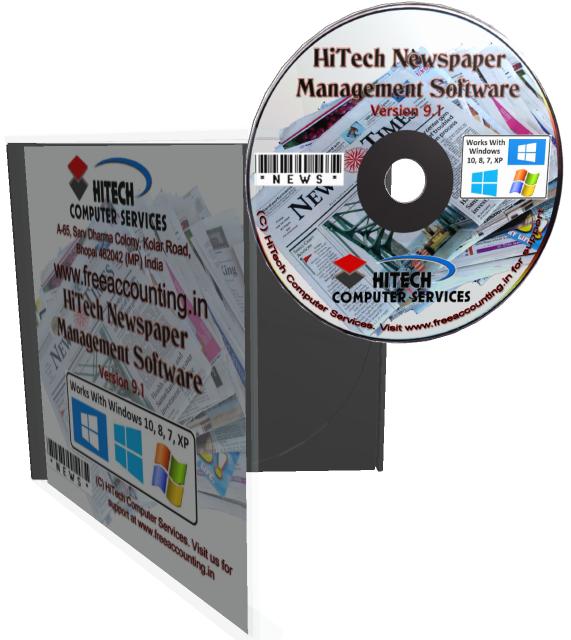Originally, there used to be only
one book of prime record, viz. journal, in which all transactions were entered.
In this, transactions were classified into debits and credits and then posted to
the ledger. The procedure has been explained in chapters III and IV. Gradually,
'Practical System of Book-keeping' developed which has been explained in chapter
V and VI. With this development now transactions of similar nature are recorded
in subsidiary books. So you have separate subsidiary books to record
transactions relating to purchases, sales, returns, bills, cash and bank. But
still there are some entries, which cannot be passed in any of the subsidiary
books and therefore have to be passed in the journal. Following transactions are
still recorded in the journal:
(1) Opening entries. At the
beginning of the year, the opening balances of assets and liabilities are
journalized.
(2) Closing entries. At the end of
the year final accounts are prepared. For preparing these accounts various
accounts are to be transferred to the trading and profit and loss account which
is done by means of journal entries.
(3) Rectification entries. When any
error is detected in writing up the books then it is rectified by means of
suitable journal entry.
(4) Adjustment entries. Since
accounting follows "accrual concept" therefore adjustments has to be done at the
end of the year regarding:
(a) expenses incurred but not paid;
(b) expenses paid but benefit to be
available in the next period ;
(c) income becoming due but not
received;
(d) income received in advance; and
(e) charging depreciation on fixed
assets etc. The adjustments are incorporated in the account books by means of
journal entries.
(5) Transfer entries. If any amount
is to be transferred from one ledger account to the other, then it is done by
means of journal entries.
(6) Miscellaneous entries:
(a) Purchase and sale of fixed
assets on credit;
(b) Writing off of losses due to
bad debt, fire, accidents etc ;
(c) Any extra concession to be
allowed to any customer or any charge to be levied after the issue of the
invoice; and
(d) Any other item for which no
subsidiary book has been maintained.





 VAT Ready
VAT Ready






















